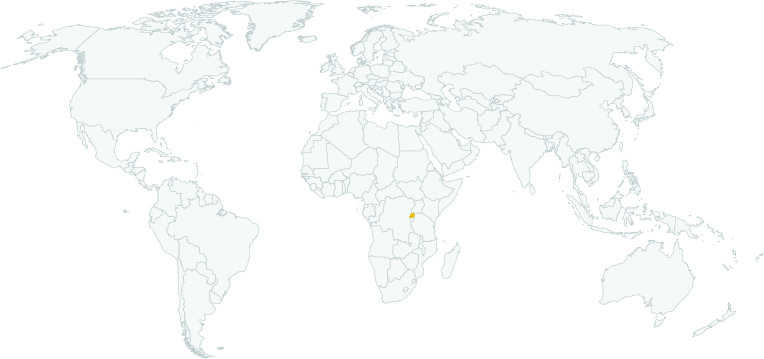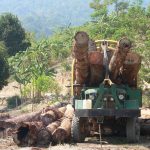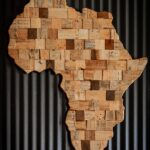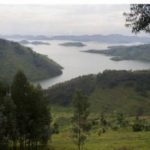
Between 2001 and 2023, Africa recorded the world’s highest growth in cultivated agricultural land, according to the Food and Agriculture Organization (FAO). In a report published on June 19, the UN agency stated that during this period, the global area of cultivated land increased by 78 million hectares. Africa accounted for 96% of this expansion, adding 75 million hectares. According to the FAO, this growth was primarily driven by the expansion of temporary crops, which have a growing cycle under one year. These include cereals and tubers like maize, rice, sorghum, and cassava. At the same time, permanent crops such as cocoa, coffee, oil palm, and rubber expanded by 18 million hectares, a 65% increase. West Africa, in particular, saw a 79% increase in agricultural land dedicated to these crops over the period, while in Central Africa, the area devoted to these value chains doubled.
In its report, the FAO notes that the rise of extensive agriculture has led to massive deforestation. The UN agency estimates that Africa lost 82 million hectares of forest cover between 2001 and 2023.
Notably, in Côte d’Ivoire, the world’s top cocoa producer, about 45% of total deforestation and forest degradation is attributed to cocoa cultivation. In a 2023 report, researchers from the Catholic University of Louvain in Belgium revealed that around 2.4 million hectares of forest were replaced by cocoa plantations in the country between 2000 and 2019. cocoa farming was directly linked to the loss of 386,000 hectares of forest in protected areas in Côte d’Ivoire and Ghana between 2000 and 2020.
The trade in precious minerals and timber is fuelling armed military groups fighting that continue to cause instability both in the Congo and across the region. That is, according to Monitor, an Uganda-based publication, which reports that trade-in smuggled resources is adding to regional instability in Central Africa.
It comes after the United States government, this week, reported that the trade in illegal minerals was making it increasingly difficult to tame arms flow in the battleground – echoing a United Nations panel of experts and environmental watchdogs, which have raised the alarm on the trade.
Criminals in East Africa are exploiting the multiple conflicts in the north-east of the DRC to allow the trafficking of its protected hardwoods.
The key economies in the East African Community – Kenya, Rwanda, Tanzania and Uganda – are all benefiting from this timber trafficking and flagrantly breaking their environmental pledges. The illicit trade is facilitated by ‘big men’ close to security services and politicians across the region – they ensure the border controls fail.
Corrupt payments by the loggers and truckers to border checkpoints oil the wheels of the trade, where fake certificates of origin are produced for a large fee.
The first high-resolution (5 m) and continental-scale
mapping of land use following deforestation in Africa, including humid and dry forests.
Results show, not surprisingly, that the causes of forest loss vary by region. In general, small-scale cropland is the
dominant driver of forest loss in Africa, with hotspots in Madagascar and DRC. In addition, commodity
crops such as cacao, oil palm, and rubber are the dominant drivers of forest loss in the humid forests of
western and central Africa, forming an “arc of commodity crops” in that region. At the same time, the
hotspots for cashew are found to increasingly dominate in the dry forests of both western and southeastern Africa, while larger hotspots for large-scale croplands were found in Nigeria and Zambia.
Measures to counter illegal logging and poaching in Rwanda’s national parks should maintain speed considering that the cases are still being recorded, conservation experts have said.
Click here to access the Global Illegal Logging and Associated Trade (ILAT) Risk assessment tool and to download the Forest Trends User Guide describing the functionality of the ILAT Risk Data Tool.
Click here to access the Cattle Data Tool.




